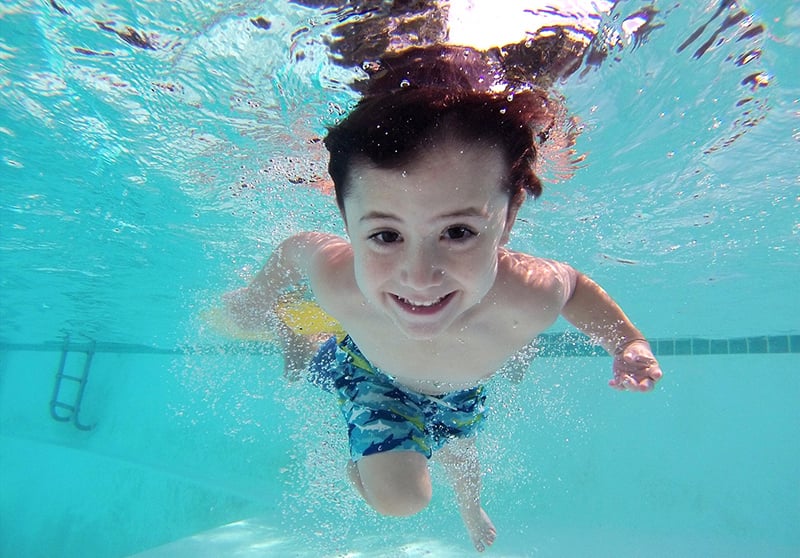
The Christmas break is fast approaching and many families are counting down sleeps until their well-earned summer getaway. The bags are packed and the online check-in is complete – but what happens if your little one develops an ear infection in the lead-up to jetting off?
Good news - Dr Chris Brennan-Jones, Ear Health Researcher from the Wesfarmers Centre of Vaccines and Infectious Diseases, based at The Kids Research Institute Australia, says that a badly-timed ear infection doesn’t need to dampen your holiday plans.
Here are his top tips for travelling with an ear infection so that the kids can fly safely and hit the pool in no time.
Can kids fly with an ear infection?
“Yes. But it may be uncomfortable,” says Dr Brennan-Jones.
“There is a small amount of air sealed in the middle ear space behind the ear drum, and during take-off the air pressure in this middle ear space expands relative to the air around it. This expansion (or contraction, if descending) of the air in the middle ear space, relative to the air in the cabin, puts pressure on the ear drum, which may already be inflamed, and causes pain.
“If there is not an active infection, but a fluid build-up behind the ear drum (commonly known as ‘glue ear’) then it will be difficult for the pressure to equalise between the middle ear space and the cabin. This too will result in pressure on the ear drum and potentially cause some pain.
“It is generally safe to fly with an already perforated ear drum and/or with grommets. But, as always, if you are concerned about any of the above, speak to your treating GP or specialist first.”
To reduce ear pain while flying, Dr Brennan-Jones recommends the following:
- Encouraging jaw movements or ear popping can help to open the Eustachian tube to equalise pressure and reduce pain.
- Swallowing can also help, so babies may benefit from sucking on a dummy, feeding or drinking from a bottle.
Is swimming off limits?
“In general, swimming with an ear infection or ‘glue ear’ is not a problem,” says Dr Brennan-Jones.
“If there is a hole in the ear drum it’s best to check with your GP or specialist before you head off.
“Children with grommets (small ventilation tubes surgically inserted into the ear drum to prevent ear infections) need to keep their ears dry so don’t forget to pack the ear plugs/putty and an ‘ear wrap’ for use before jumping in the water.”
How long will the infection last?
Dr Brennan Jones says acute ear infections, which is what most parents will be familiar with, typically resolve on their own after 2-3 days but make sure to pack plenty of non-prescription pain relief.
“If the infection persists, a visit to the doctor will be required and treatment with antibiotics will usually last a week or so,” Dr Brennan-Jones says.
Any tips to avoid ear infections on the lead-up to the big trip or while on holiday?
“Unfortunately, ear infections can be hard to avoid. The most common causes of ear infections are the typical bugs associated with coughs and colds. The best advice is to keep up good hygiene with plenty of hand washing and avoid play with other sick kids where possible.”
For more information about research investigating ear infections at The Kids, please visit our Ear Health page.
